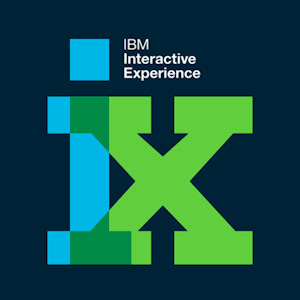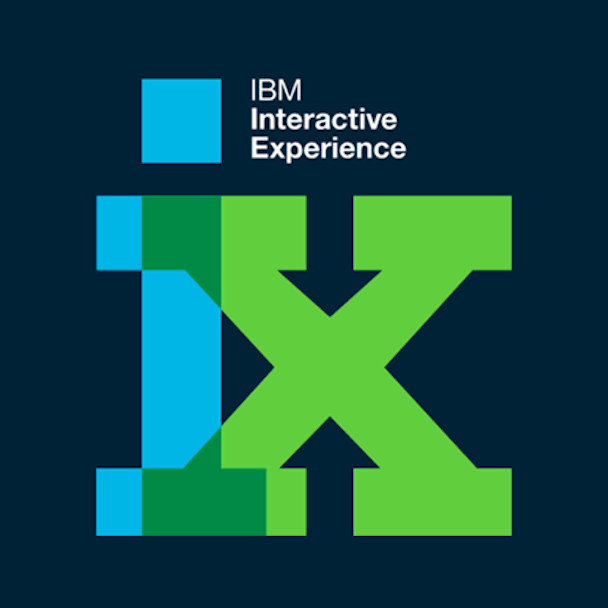IBM Interactive Experience: ‘we can do more than agencies because of what we can do with data and personalisation’
IBM’s digital agency Interactive Experience believes marketers trying to create next-generation user experiences would be wise to spend money on its services rather than agencies because of its proficiencies in data and personalisation.


It’s a pitch the agency has mined to good effect in recent years, presenting itself as the perfect tonic to the vast amounts of ineffective marketing amid mass media fragmentation. And while Gartner ranked it the world’s third biggest agency in 2014, the management consultancy come creative shop believes there’s still headroom for it to expand beyond its homeland – mainly in Europe.
IBM Interactive Experiences thinks of itself as a startup in Europe, where it trails the North American division by two years. But plans to build out the creative capability in the technology firm’s London, Paris, Hamburg, Madrid and Milan offices reveal a hardening of its proposition in the coming months. It falls to Cheyney Robinson, chief creative officer to Europe, to lead the charge following her appointment from SapientNitro in April.
“I think the next generation of experiences that you could see from IBM are more than an agency because of what we can do with data as well as personalisation,” claimed Robinson. “The potential for IBM in this space is quite profound and I think it’s a phenomenal time for IBM to centralise its focus around the potential for design in the marketplace as well as experience."
This blend of design and experience is how IBM Interactive Experience differentiates itself and The Drum caught up with Robinson to talk about its plans for the future.
The Drum: How are you showing advertisers that you have the creative chops to help grow their businesses?
Cheyney Robinson (CR): More often that not, brands are very interested in how to personalise experiences through data and have more meaningful interactions with their consumers. Right now a lot of technology organisations are racing to the finish line to understand and do ‘experience’ and I think the difference with IBM interactive Experience is that we understand that and also have a design thinking methodology, which are both built on being the best of technology, the best of data and the best of insight. We are more than an agency and more than a systems integrator. I think the potential for being able to navigate deep and complex as well as deeply empathic design solutions for brands is a very powerful place right now.
The potential for IBM to be known not only as technology behemoth but also a design force is a phenomenal opportunity – there’s a real opportunity to reimagine the heritage of design here for a modern age. The chance at IBM Interactive Experience is to actually look through B2E to B2B to B2C and have a much more multi-dimensional view of the end consumer in the experiences that we create. To that end, I think having the power of data and analytics that we have here at IBM is a real benefit to have a multi-dimensional view of the end consumer.
The Drum: How do you go about making these experiences come to life in a way that leverages your expertise in design and technology?
CR: The topic du jour at the moment is experience. A lot of brands are trying to have a more cohesive and coherent expression across touchpoints and are challenged by the fact that technology is complex and they need a company that understands experience as well as technology to be able to help them navigate a very challenging conundrum with that to do with technology.
The type of person we’re dealing with at clients varies; in some cases it’s the chief marketing officer and other times it’s the chief technology officer – they’re all standing at the coalface, servicing the needs of the consumer and need to have a partner in those strategic and creative experiences.
I think marketers appreciate that the landscape can be fragmented and I think they deeply understand that they need to have breakthrough and exceptional brand experiences. If you step back from a specific task or technology and really want to get to the heart of how the brand needs to serve the customer then you’re able to anticipate those questions and create a singular view of the customer.
The Drum: How do you go about creating that singular view of the customer?
CR: To get a single customer view of the customer there needs to be a holistic view of how a consumer engages with the brand across various touchpoints. You need to look at the high points and low points of engagement across the digital eco-system and also find out where people are interacting with the brand. It’s experience first not technology. That’s maybe a non-linear model because a consumer has an expectation that a brand will live up to their expectations regardless of channel. It’s shifting sands in terms of trying to meet the demand in the market.
I’m a big fan of adding layers of relevancy through meaningful intercepts and for me that requires some sort of human intervention to curate content and data and to ensure that the relevance is there to support the experience instead of just playing up what we know about you.
The Drum: Does customer experience and utility-based marketing need new metrics to prove its value?
CR: Yes I think it does. We had a financial services client and were looking at a spectrum of experiences, of which some were starting with Business as Usual parts of the business and tuning that, but on the far end of the bell curve it involved us looking at the future of the branch experiences. We focused on identifying how we called 'create experiences' that were increase engagements, awareness, new value propositions and answer the business propositions. There’s a spectrum to ways that we can serve our clients in small meaningful ways as well as more transformational pieces because we’re on a trajectory to help them through the recipe of transformation with the customers.

